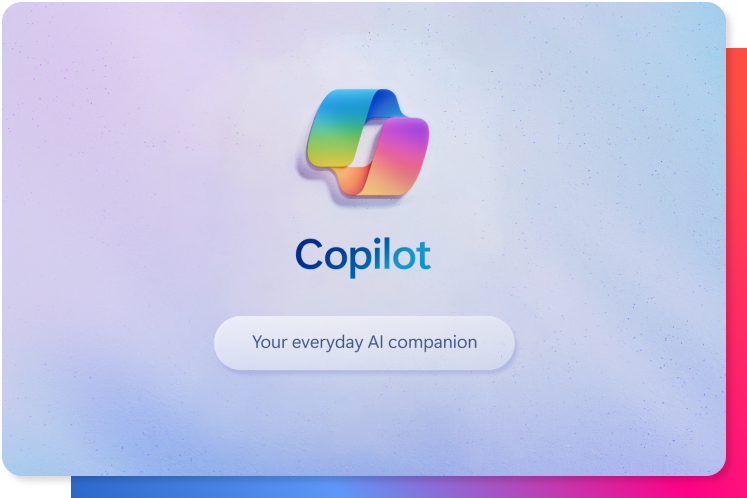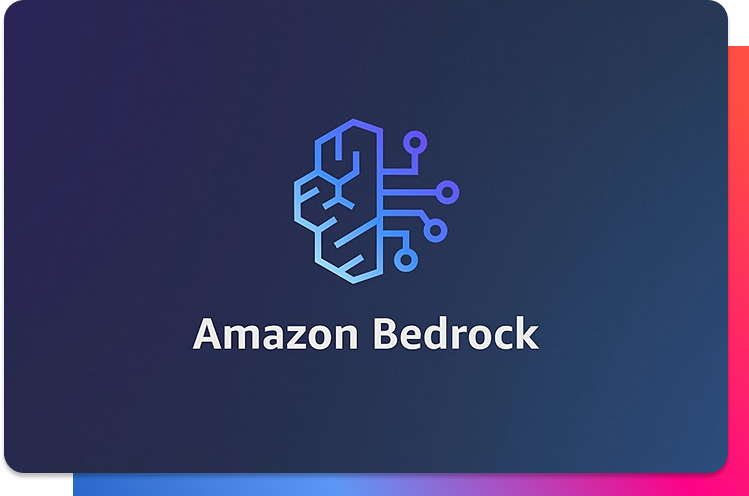From social media posts to financial transactions to medical records, the world around us is becoming more data-centric with the passing of each day. This trend is likely to accelerate as we continue to produce and store more data, yet many companies have still to think about how they can use it to their fullest potential.
For most people, the terms artificial intelligence (AI) or machine learning (ML) are tied to the likes of Amazon Polly, IBM’s Watson, or Google’s DeepMind, which are often run by expensive teams of engineers and data scientists. But the truth is that machine learning can also be implemented in small and medium-sized companies to help make data-driven decisions and consequently improve overall business operations.
Research firm Fortune Business Insights has predicted that the global machine learning market is expected to grow from $21.17 billion in 2022 to $209.91 billion by 2029. Even if such rapid development has the capacity to shape the global economy, most business —specially small and medium-size— spend more time discussing the topic, most likely in LinkedIn, rather than leveraging its transformative power.
In the following post, we’ll go over the most common challenges that SMEs encounter when trying to develop and implement machine learning solutions and offer an alternative approach to such problems.
What is machine learning?
Broadly speaking, machine learning is a field within computer science and artificial intelligence that uses data and advanced algorithms to emulate the ways humans learn in order to predict outcomes without the need for benign specifically programmed to do so.
SMEs challenges with Machine Learning
In most cases, the implementation of machine learning-driven technologies requires significant financial power, technical expertise, and reliable IT infrastructure.
How can you get started without a proper team of highly skilled data scientists? Does your organization possess the necessary hardware and software? How is the data going to be collected? Is your data already structured? Remember that machine learning algorithms require large amounts of high-quality data to learn and make accurate predictions.
All of these challenges can be dissuasive for a company with limited financial and human resources. But most important of all is the question about your return on investment. According to research from Deloitte, 83% of AI adopters have already achieved substantial (30%) or even moderate (53%) economic benefits from AI projects.
Regardless, the feeling still remains that Implemeimplementingnting machine learning is expensive and time-consuming, and because in most cases there is no guarantee of success, small and medium-sized companies are often hesitant to invest in it.
How to evaluate an idea
At Exomindset, we’re very much aware of how difficult it can be to embark upon a machine learning adventure, but we also know it is essential to improve your business position in the market and drive competitive advantages in the future. So, how can you join that 83% of happy organizations?
The amount of deployed projects doesn’t necessarily guarantee a good result. You can complete 10 projects and still don’t see any return on investment.
To increase your chances of success, we suggest starting with a PoC. PoC stands for Proof of Concept, and it basically means building a prototype to test the viability of a machine learning solution before it actually goes into production.
The role of a PoC in developing a machine learning solution
So, now that you know what a PoC is, here we go over why it is a great way to evaluate a potential idea and what it enables you to do.
Defining your problem
A PoC will help you understand what is the main objective of your desired solution and the outcomes you are looking for.
Identifying your target audience
Who will be the user of this potential solution? What are their main challenges and pain points? Determining your target audience is fundamental at this stage.
Developing a hypothesis
Here we outline the potential benefits and limitations of the idea. What are the assumptions you are making about the product or service, and how do you plan to test them?
Building a prototype
You build a working prototype of the product or service you imagine so that it can be used to test the hypothesis. In most cases, it is a simplified version of the final product that can be used to illustrate the core features and functionalities.
Testing your prototype
Test the prototype to see how it performs and how users interact with it. Collect feedback from all relevant stakeholders to identify the strengths and weaknesses of the idea.
Analyze the results
Evaluate the results of the testing to determine whether the proof of concept is viable. Does it meet the objectives, and are the outcomes in line with expectations? What improvements need to be made to make the idea more successful?
Making your decision
With the results of the testing, you will be able to decide whether to move forward with the idea or not. If the PoC is successful, then you can proceed to develop a full-scale product or service. If it is not, then you may need to pivot or scrap the idea altogether.







 Español
Español